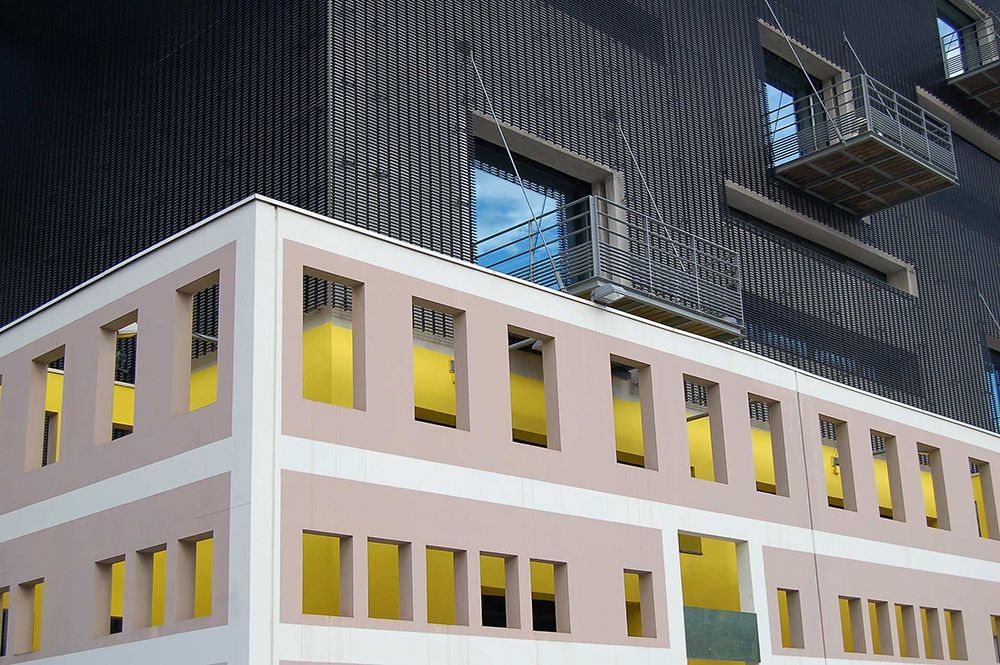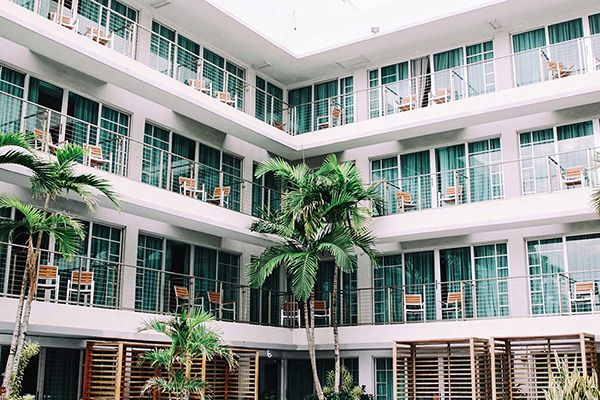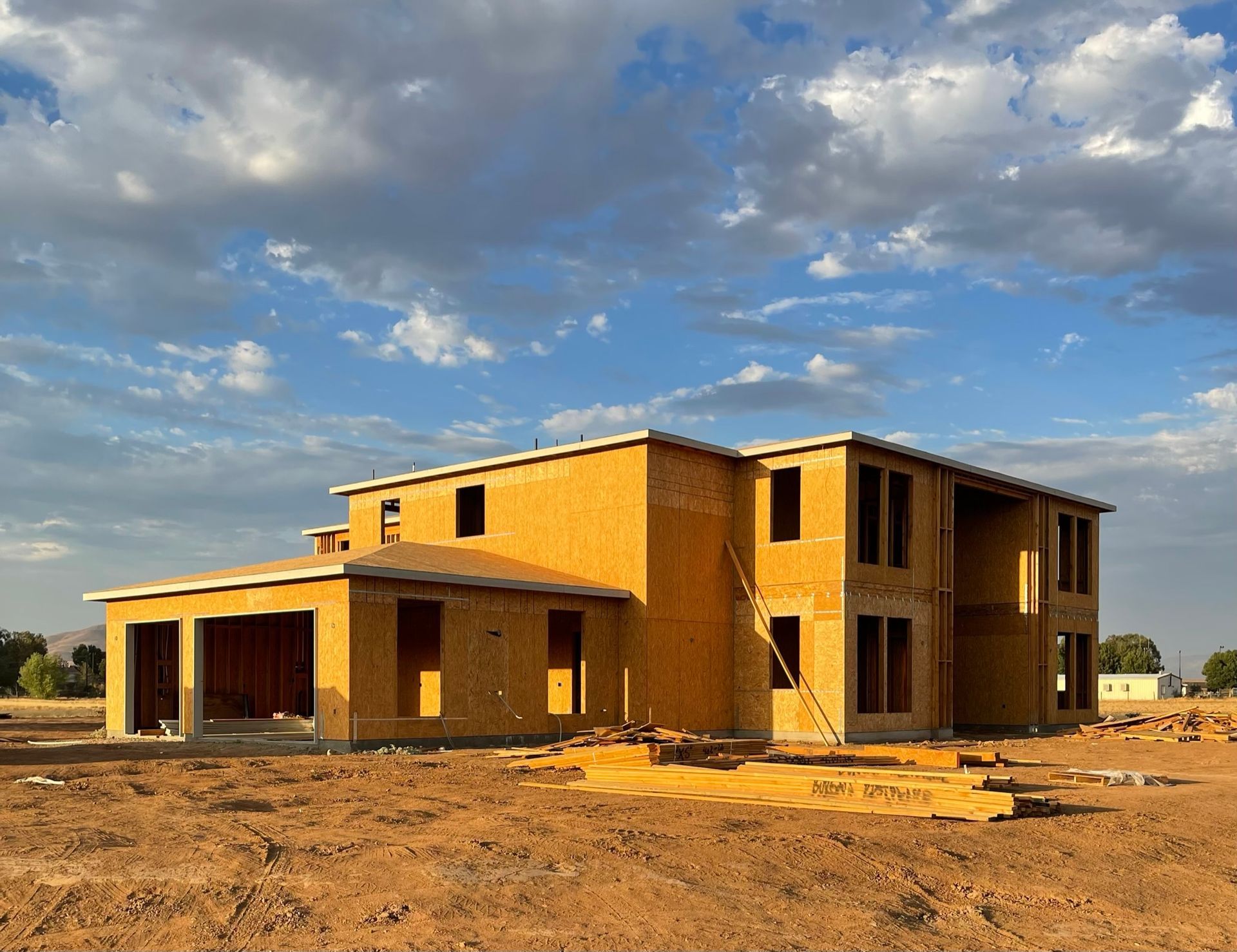Mix and Match - A New Sense of Harmony
In a world where design boundaries are constantly being redefined, mixing architectural styles has evolved from a risky design choice to a celebrated expression of creativity and identity. The fusion of contrasting aesthetics ,old and new, East and West, minimal and ornate ,allows architects to tell deeper stories and deliver spaces that are both timeless and contemporary.

Why Mix Styles?
Clients today are no longer satisfied with one-size-fits-all solutions. They want spaces that reflect layered identities, diverse influences, and evolving lifestyles. By blending styles thoughtfully, architects can:
- Create contrast and drama
- Preserve historical character while introducing innovation
- Respond to urban context while pushing design boundaries
- Express multicultural or personal narratives
When Fusion Works: Intentionality is Key
Successful mixed-style architecture doesn't rely on randomness. The goal isn't to confuse, but to curate. The best projects establish a guiding theme or visual thread that ties everything together, whether it's through proportions, materials, rhythm, or color palette.
Examples include:
- Modern meets Mediterranean: Clean lines and open plans complemented by warm stucco, clay tile roofs, and arched openings.
- Industrial-Chic Farmhouses: Exposed steel and reclaimed wood layered with rustic beams, large windows, and barn-style doors.
- Minimalist meets Neo-Classical: Simple volumes and muted tones punctuated by bold columns, cornices, or ornamental entrances.
- Japanese-Scandinavian Fusion (Japandi): A serene blend of natural materials, muted palettes, and functional simplicity.
Design Strategies for Mixing Styles
- Start with one dominant language, Let one style guide the massing and layout, while the second adds character through material, detail, or furnishing.
- Use transitions smartly ,Thresholds between rooms or zones are perfect places to shift styles. Courtyards, atriums, or stairwells can become moments of visual transition.
- Balance materiality, Juxtaposing textures like raw concrete with traditional wood, or glossy tiles with handmade brick, creates tension without visual chaos.
- Tell a story ,Your fusion should have a reason. Maybe it reflects the history of the neighborhood, the client’s background, or a cultural dialogue.
Risks of Poorly Blended Styles
Not all mix-and-match designs work. Without harmony or hierarchy, the result can feel disjointed or gimmicky. Clashing rooflines, mismatched window styles, or inconsistent proportions can create visual noise. That’s why professional curation, not just creativity is essential.
Final Thoughts
In the hands of a skilled designer, mixing architectural styles becomes a powerful design tool not just a trend. It allows for buildings that are deeply personal, rich in character, and contextually aware. As long as the fusion serves a purpose and is executed with care, style blending can elevate design from expected to extraordinary.



